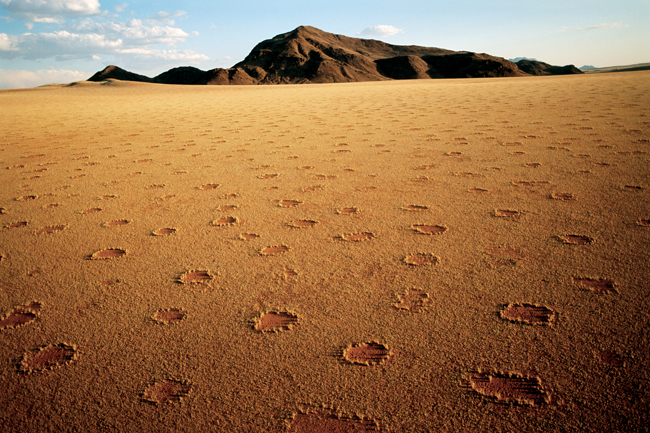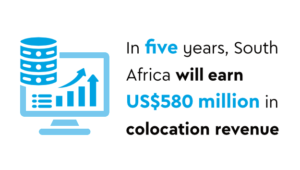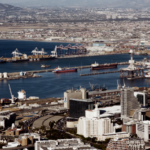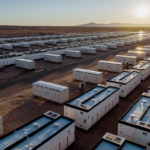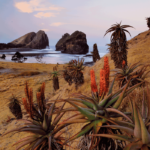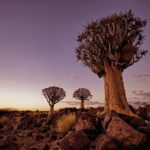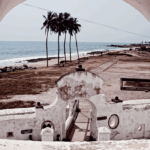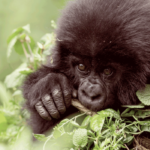Namibia’s mining sector accounts for 11.5% of GDP but provides more than 50% of foreign exchange earnings. The economy is therefore heavily dependent on the extraction and processing of minerals for export. Rich alluvial diamond deposits make Namibia a primary source for gem-quality diamonds. Marine diamond mining is becoming increasingly important as the terrestrial diamond supply has dwindled. Namibia is the world’s fourth-largest producer of uranium. It also produces large quantities of zinc and is a smaller producer of gold and copper.
Name Republic of Namibia
Capital Windhoek
Frequency of elections Every five years
Name of parliament Parliament of the Republic of Namibia
Parliament website www.parliament.gov.na
Languages English, Afrikaans, Otjiherero, Oshiwambo, Kavango, Caprivi, Nama
Area 824 292 km2
Population 2 198 406 (July 2014 est)
Imports Foodstuffs, petroleum products and fuel, machinery and equipment, chemicals
Exports Diamonds, copper, gold, zinc, lead, uranium, cattle, white fish, molluscs
Currency Namibian dollar


